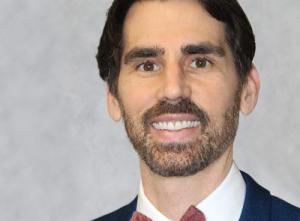Florida PUC
Andrew Fay is Chair of the Florida Public Service Commission.
In discussions with ten Commissioners from every end of the country, PUF's Paul Kjellander in late July asked about what's driving the energy transition in their states, their state's policies, barriers for the transition to overcome, and risks, also the role of consumer-owned energy.

PUF's Paul Kjellander: What do you see are the primary drivers of the energy transition for utilities in the State of Florida?
Chair Andrew Fay: We are the Sunshine State. So, when we think of renewables in Florida, we think solar. What we have seen is this significant decrease in overall cost for solar panels. Going back a decade, we've seen that as solar panel costs decline, an increase in demand follows.
We've also seen some emerging technology that enhances what you can get out of these panels. Those advancements, along with the decrease in costs, are really what is driving the renewable transition in Florida.
There's also recognition that our utilities want to be responsive to their customers, and Florida customers have a strong interest in solar. We hear it as Commissioners when we travel across the state and visit different regions.
I think the utilities are hearing similar feedback and interest from their customers. So, the other main driver is the commitment by utilities to be responsive to what they're hearing from their customers.

